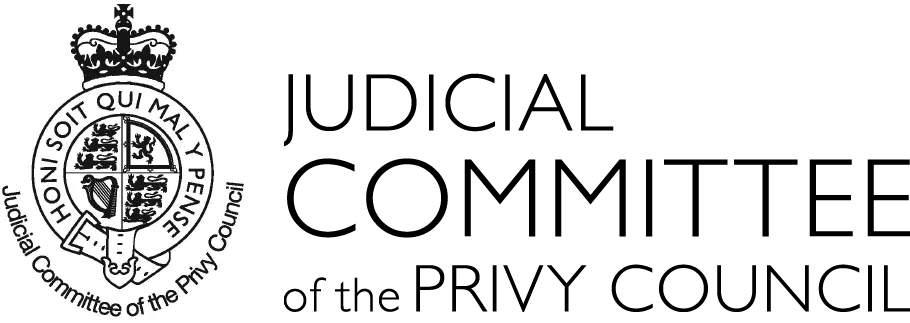Alcohol addiction, or alcohol use disorder, is a serious condition that many people face. It not only affects the individual’s health but also has significant repercussions for families and society. To better understand this issue, this article will delve into the signs and effects of alcohol addiction.
1. Signs of Alcohol Addiction
The signs of alcohol addiction can be categorized into two types: physical signs and psychological signs.
1.1. Physical Signs
- Changes in Appearance: Individuals with alcohol addiction often show physical signs such as pale skin, red eyes, and puffiness around the eyes. Rapid weight loss or gain can also be a warning sign.
- Declining Health: Alcohol addiction leads to numerous health issues, including liver disease (fatty liver, hepatitis, cirrhosis), cardiovascular problems, and digestive disorders. Those addicted may experience stomach pain, nausea, and vomiting.
- Increased Risk of Injury: Alcohol use impairs reaction times and coordination, resulting in a higher risk of falls, accidents, or other injuries.
1.2. Psychological Signs
- Cravings: People addicted to alcohol often experience intense cravings, making it difficult to control their drinking.
- Mood Changes: They may go through significant mood swings, ranging from feelings of happiness to depression or anxiety.
- Loss of Control: Addiction to alcohol leads to a lack of control over drinking, resulting in consuming more than initially intended.
- Abnormal Social Behavior: Those struggling with addiction may withdraw from family and friends, and engage in anti-social behavior, becoming aggressive or erratic.
2. Effects of Alcohol Addiction
The effects of alcohol addiction extend beyond the individual to encompass families, friends, and communities.
2.1. Health Effects
- Illnesses: As mentioned earlier, alcohol addiction can lead to serious health issues, such as liver disease, heart disease, and mental health disorders. These diseases not only diminish the quality of life for the addicted individual but can also threaten their lives.
- Early Death: Alcohol addiction significantly increases the risk of early death due to accidents, diseases, or suicide. Studies have shown that the mortality rate for those addicted to alcohol is much higher than for those who are not.
2.2. Effects on Family and Relationships
- Family Breakdown: Alcohol addiction often leads to conflicts within the family. Addicted individuals may become aggressive or unstable, causing harm to those around them. Many families disintegrate due to the impact of alcohol addiction.
- Social Relationships: Addicted individuals frequently lose contact with friends and family, leading to feelings of loneliness and abandonment. They may feel ashamed and avoid social interactions, further increasing isolation.
2.3. Effects on Work and Finances
- Decreased Work Performance: Alcohol addiction can lead to diminished work performance. Addicted individuals may struggle to focus, make decisions, and complete tasks.
- Financial Difficulties: The cost of purchasing alcohol can become a significant financial burden. Many individuals with alcohol addiction may find themselves in debt, impacting their ability to support themselves and their families.
2.4. Effects on Community
- Increased Crime Rates: Alcohol addiction can lead to criminal behavior, thereby raising crime rates in the community. Those addicted to alcohol may engage in violent acts, theft, or other offenses.
- Burden on the Healthcare System: Health issues related to alcohol addiction impose a significant burden on healthcare systems. Many individuals require medical and psychological treatment, which demands substantial resources from society.
3. Coping Strategies for Alcohol Addiction
To address alcohol addiction, timely and effective intervention from both individuals and society is essential.
3.1. Seeking Help
Individuals struggling with alcohol addiction need to acknowledge their problem and seek help from professionals or support organizations. Treatment programs may include counseling, therapy, and medication.
3.2. Lifestyle Changes
Addicted individuals should look for ways to change their lifestyles, including engaging in physical activities, exploring new hobbies, and building positive relationships.
3.3. Community Education
Educating the community about the dangers of alcohol addiction and prevention methods is crucial. Support from family, friends, and the community can help those addicted find their way back.
Conclusion
Alcohol addiction is a serious issue that can lead to numerous negative consequences for the individual, family, friends, and society at large. Early identification of the signs of alcohol addiction and timely intervention measures are necessary. Only with support and effort from both the addicted individuals and the community can we minimize the impact of alcohol addiction and create a healthier living environment for everyone.


